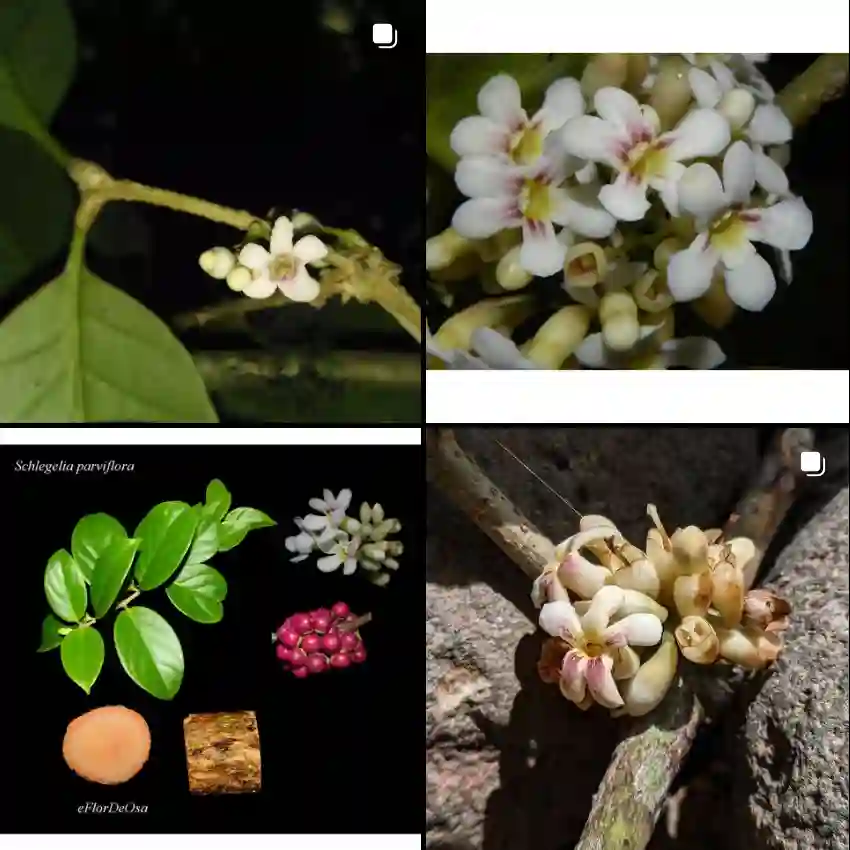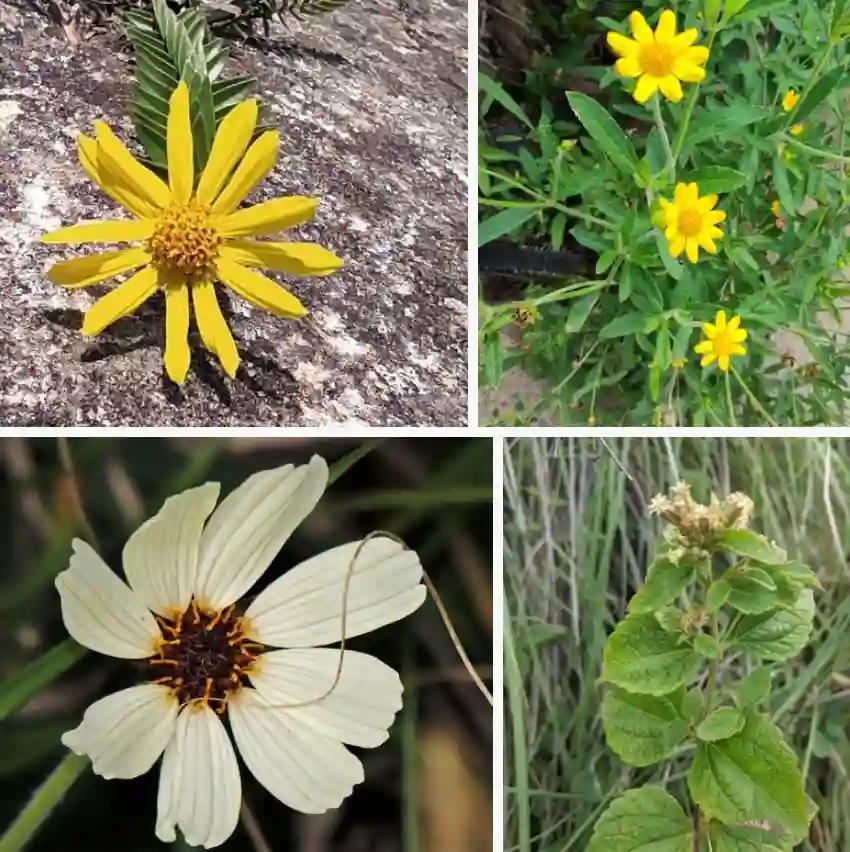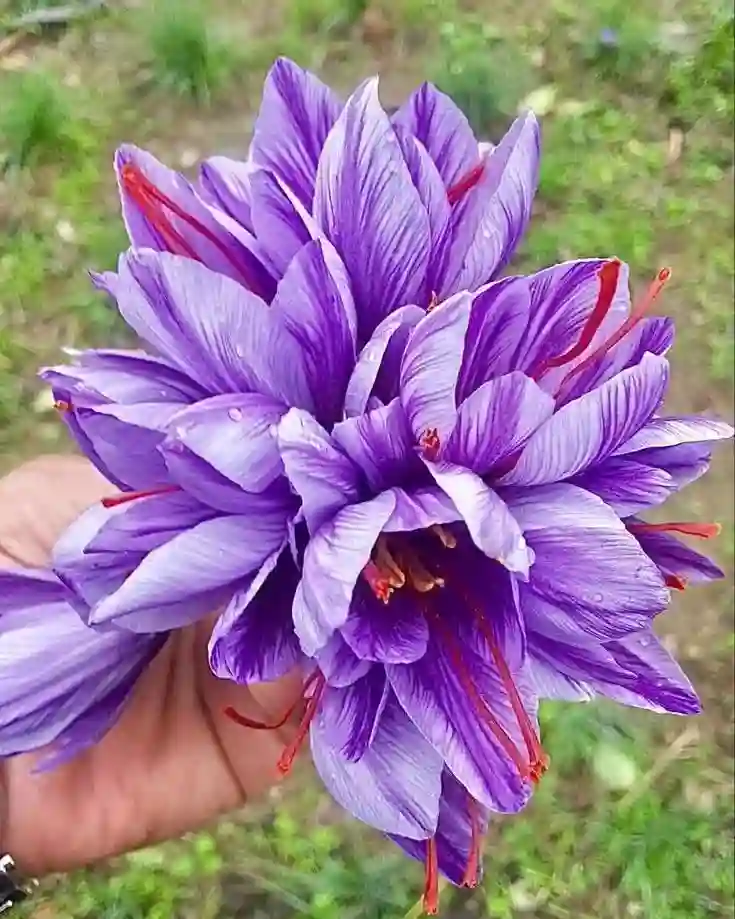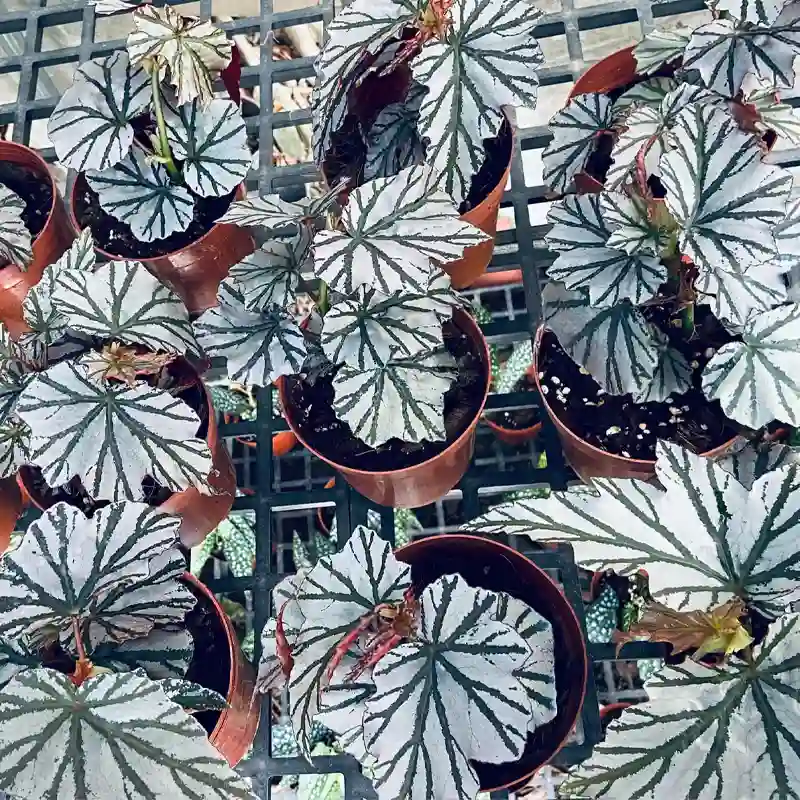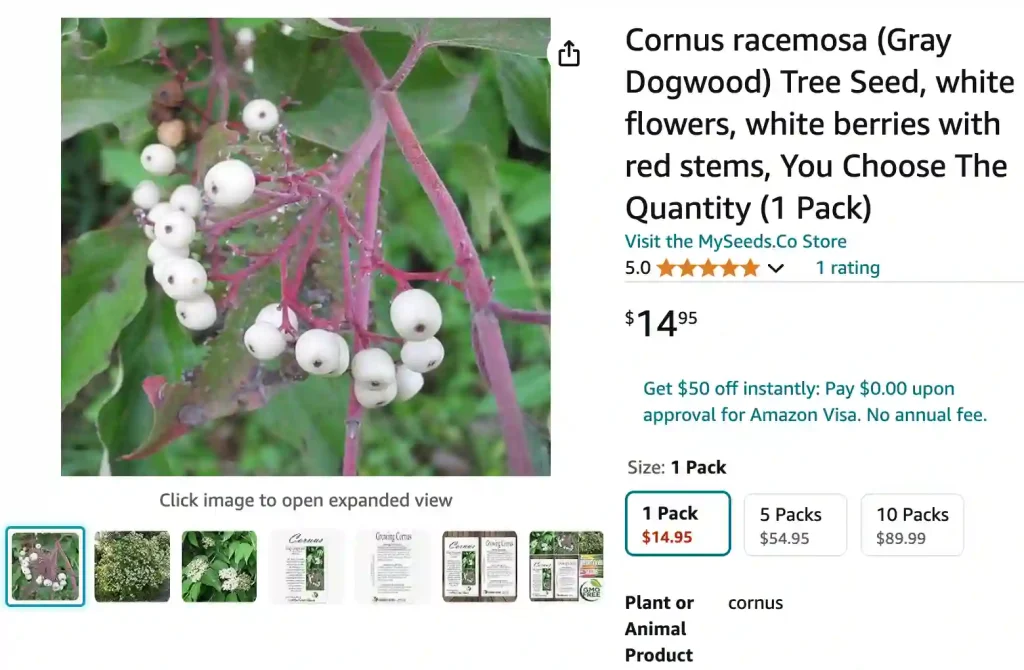
FAQs About Cornus Racemosa
Cornus Racemosa, commonly known as Gray Dogwood, is a versatile shrub that adds beauty and ecological value to gardens. If you’re considering adding this plant to your landscape or have just acquired one, you might have several questions about its care, growth, and other characteristics. Here are some of the most frequently asked questions about Cornus Racemosa.
56 Species in Genus Cornus – Dogwood
What Is Cornus Racemosa?
Cornus Racemosa is a deciduous shrub native to North America, valued for its distinctive features and adaptability. It is known for its clusters of white flowers, attractive red berries, and vibrant fall foliage. This shrub typically grows to a height of 6 to 10 feet, making it a suitable choice for a range of garden sizes. It thrives in various soil types and light conditions, adding both beauty and structure to a garden.
Are the Berries of Cornus Racemosa Edible?
One common question is whether the berries of Cornus Racemosa are edible. The berries are technically edible but are not commonly consumed due to their tart taste and somewhat astringent flavor. They are more often appreciated by wildlife, including birds, which are drawn to them. While the berries are not toxic, they are not generally considered palatable for human consumption.
Will Cornus Racemosa Grow in Tennessee?
Cornus Racemosa is well-suited for a range of climates, including Tennessee’s diverse weather conditions. It thrives in USDA Hardiness Zones 3 through 8, which covers most of Tennessee. This shrub can handle the state’s varying temperatures and can grow in both sunny and partially shaded areas. If you are planting in Tennessee, ensure you provide well-draining soil to promote healthy growth.
How to Care for Cornus Racemosa?
Caring for Cornus Racemosa involves a few key steps to ensure it remains healthy and vibrant. Here are some essential care tips:
- Watering: Regular watering is crucial, especially during dry periods. However, avoid waterlogging as this can lead to root rot.
- Soil: This shrub prefers well-draining soil. Adding organic matter can improve soil quality and drainage.
- Pruning: Prune Cornus Racemosa in late winter or early spring to maintain its shape and remove any dead or damaged branches.
- Fertilizing: A balanced fertilizer applied in early spring will support healthy growth and flowering.
How to Propagate Cornus Racemosa?
Propagating Cornus Racemosa can be done through several methods:
- Cuttings: Take semi-hardwood cuttings in late summer or early fall. Dip the cut ends in rooting hormone and plant them in a pot with well-draining soil.
- Seeds: Sow seeds in a cold frame or a protected outdoor area. Seeds often require a period of cold stratification to germinate.
- Divisions: Divide mature plants in early spring before new growth starts. Ensure each division has a healthy root system.
What to Plant with Cornus Racemosa?
Cornus Racemosa pairs well with various plants, creating a diverse and attractive garden. Consider planting it with:
- Native Grasses: Grasses like Little Bluestem or Switchgrass complement the shrub’s structure and provide seasonal interest.
- Perennials: Flowers such as Black-eyed Susans or Coneflowers add color and attract pollinators.
- Evergreens: Incorporating evergreens like Boxwood or Holly can provide year-round greenery and contrast.
Can You Grow Cornus Racemosa Indoors?
Cornus Racemosa is primarily suited for outdoor environments. It requires ample space and natural conditions to thrive, which are challenging to replicate indoors. The shrub’s size and light needs make it an impractical choice for indoor cultivation.
Is Cornus Racemosa Toxic?
Cornus Racemosa is generally considered non-toxic to humans and pets. However, it’s always best to monitor pets and children around plants to avoid any potential issues. While the berries are not poisonous, their tartness might cause mild digestive discomfort if ingested in large quantities.
Benefits of Cornus Racemosa
Cornus Racemosa offers several benefits:
- Wildlife Support: Its berries provide a food source for birds and other wildlife.
- Aesthetic Appeal: The shrub’s flowers, berries, and fall foliage add seasonal interest to gardens.
- Erosion Control: The plant’s root system helps stabilize soil, making it useful for erosion control in landscaping projects.
Common Problems with Cornus Racemosa
Despite its hardiness, Cornus Racemosa can encounter some issues:
- Pests: Watch for pests like aphids and scale insects. Regular inspection and appropriate treatment can manage infestations.
- Diseases: Leaf spots and powdery mildew may occur. Ensure good air circulation and avoid overhead watering to reduce the risk.
Compare Cornus Racemosa with Similar Shrubs
When comparing Cornus Racemosa with similar shrubs like Cornus Florida (Flowering Dogwood) or Cornus Kousa (Kousa Dogwood), here are a few points to consider:
- Size: Cornus Florida tends to be smaller, while Cornus Racemosa is larger and bushier.
- Flowers: Cornus Florida has showier flowers compared to the less conspicuous blooms of Cornus Racemosa.
- Fruit: Cornus Kousa produces more ornamental fruit than Cornus Racemosa.
Each of these shrubs has its unique attributes, making them suitable for different garden needs.
In summary, Cornus Racemosa is a versatile and attractive shrub that provides beauty and ecological benefits. Whether you’re looking to enhance your garden with vibrant colors or support local wildlife, this shrub is a valuable addition. With proper care and understanding, you can enjoy all that Cornus Racemosa has to offer.
If i die, water my plants!
